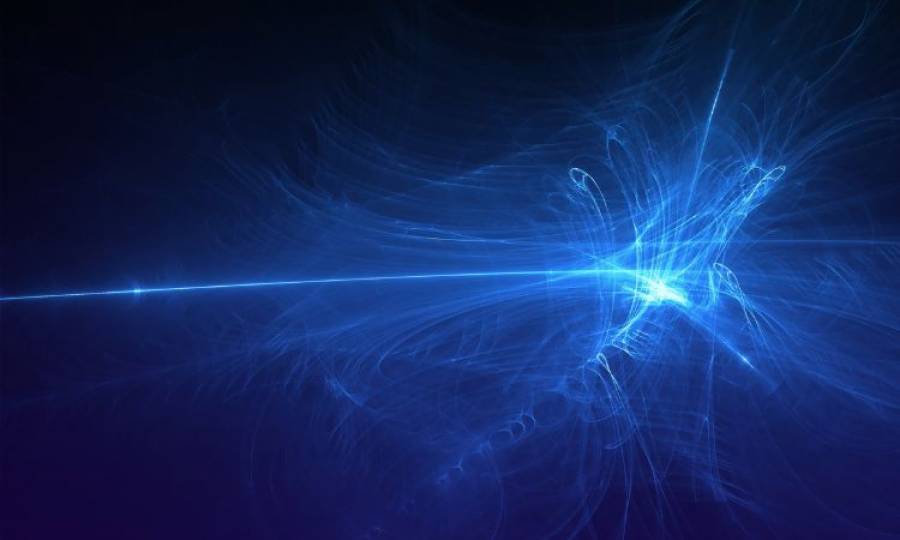Blue light therapy reduces PTSD symptoms

ARIZONA: In a new study, researchers from the University of Arizona and Harvard Medical School discovered that exposure to blue light for just 30 minutes each morning may enhance PTSD patients' sleep quality and alleviate the severity of their symptoms.
William D. Killgore, PhD, the study's principal investigator, professor of psychiatry, psychology, and medical imaging, and director of the Social, Cognitive, and Affective Neuroscience (SCAN) Lab in the Department of Psychiatry at the University of Arizona College of Medicine, Tucson, reported that morning blue light exposure for 30 minutes per day was associated with improvement in total sleep time and some aspects of sleep quality in a sample of patients with insomnia. This improvement in sleep was also connected with an increase in the size of a brain region called the amygdala (which is often reduced in size in people with PTSD).
At the study's outset, 82 patients with clinically significant PTSD performed two full-day cognition evaluations and neuroimaging scans.
The researchers assigned the individuals randomly to one of two groups. Both groups received six weeks of home-based light therapy consisting of 30 minutes of light exposure within 2 hours of waking and no later than 11 a.m. One group utilized a blue light device, and the other a yellow light device.
The study was double-blind, so neither the subjects nor the researchers knew whether they were receiving blue or amber light treatment.
All participants in the study reported an increase in sleep quality, fewer sleep disruptions, and decreased levels of insomnia and nightmares following six weeks of treatment. In contrast to the control group, however, the blue-light group had a reduction in symptoms.
Despite the positive implications, it is essential to highlight that the study was tiny. Therefore, blue light therapy cannot be regarded as an effective treatment for PTSD until additional research is conducted.
Trending
Popular
Sindh pledges vigorous action to prevent poliovirus transmission
-
PMA stresses health equity on World ...
04:08 PM, 9 Apr, 2024 -
Dow University’s new rabies vaccine ...
12:18 PM, 28 Mar, 2024 -
IRD role lauded in advancing ...
02:53 PM, 12 Mar, 2024 -
Over one billion people worldwide ...
09:48 AM, 5 Mar, 2024




